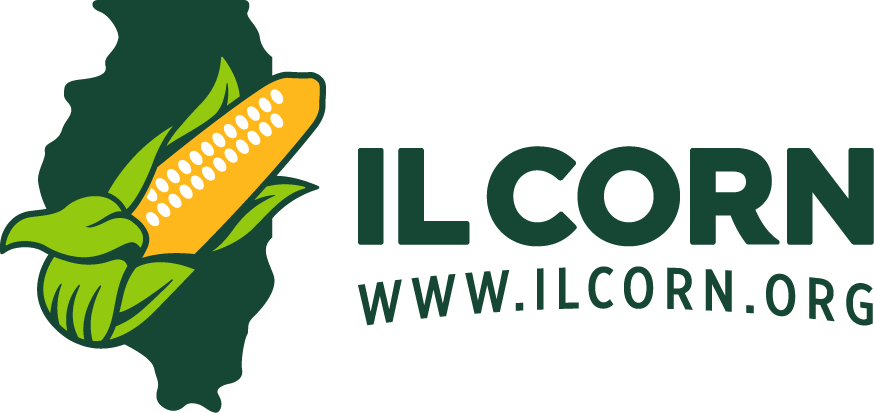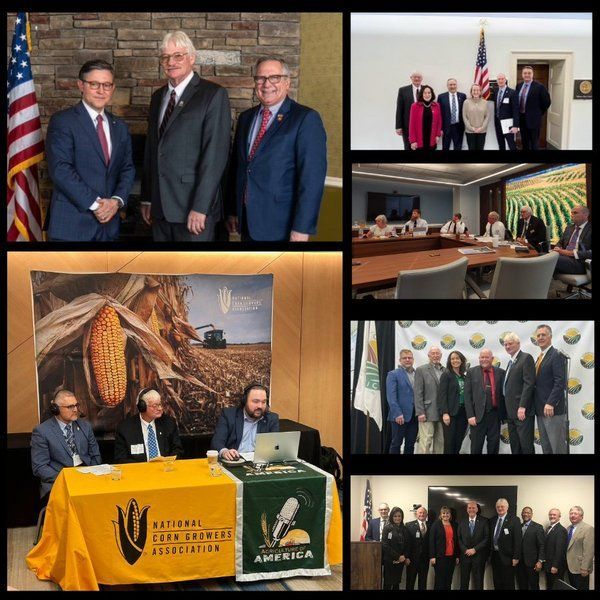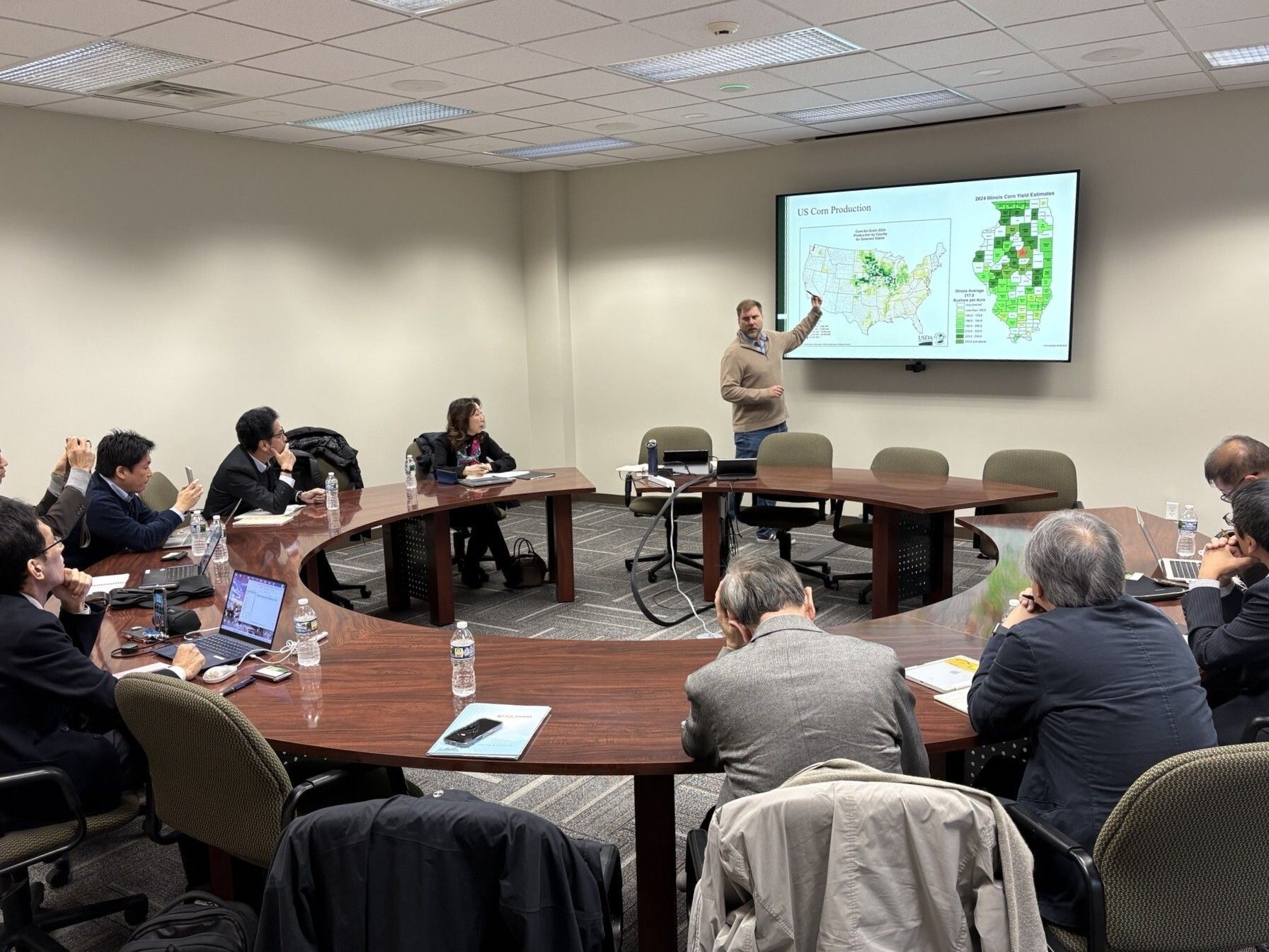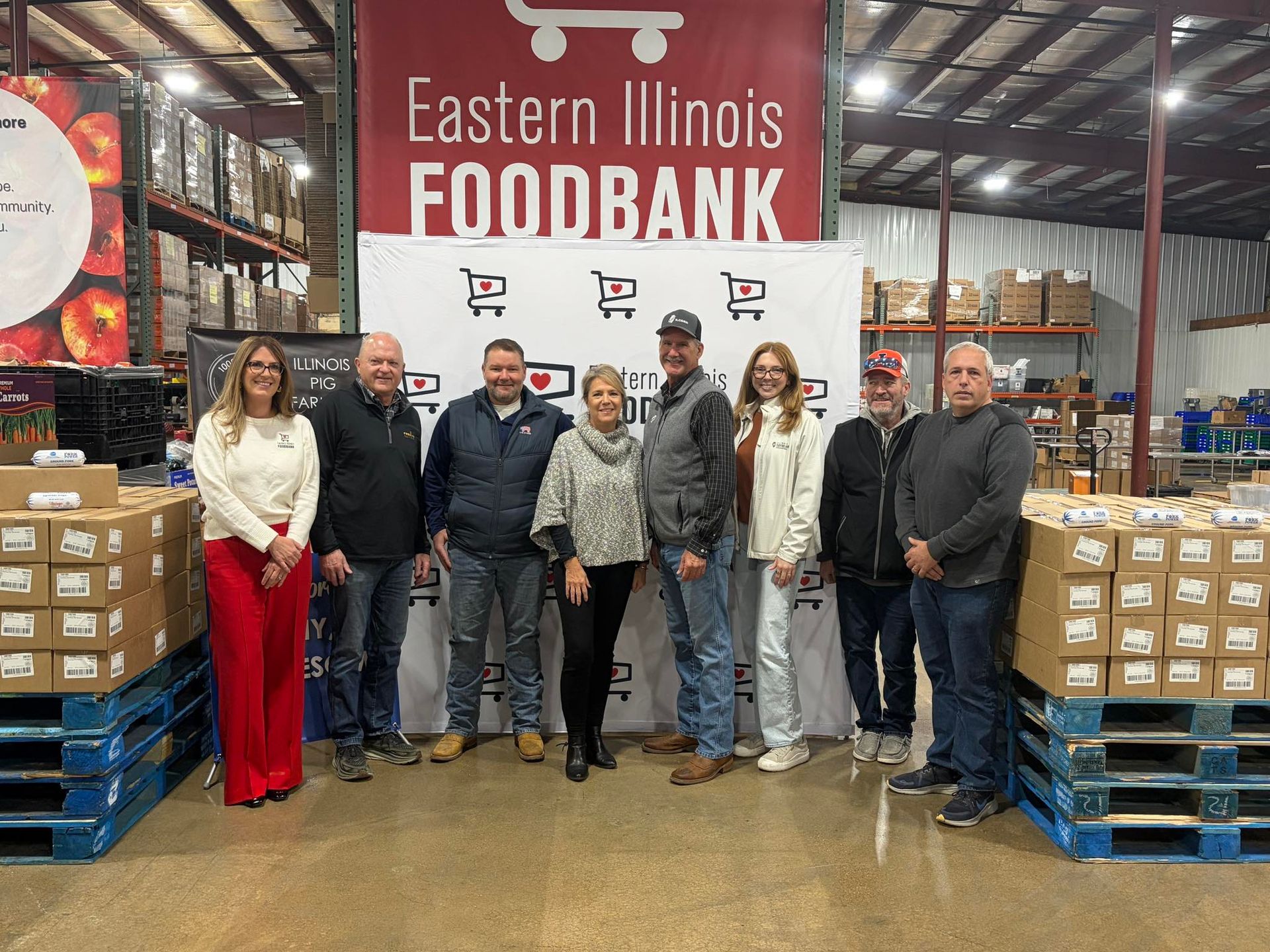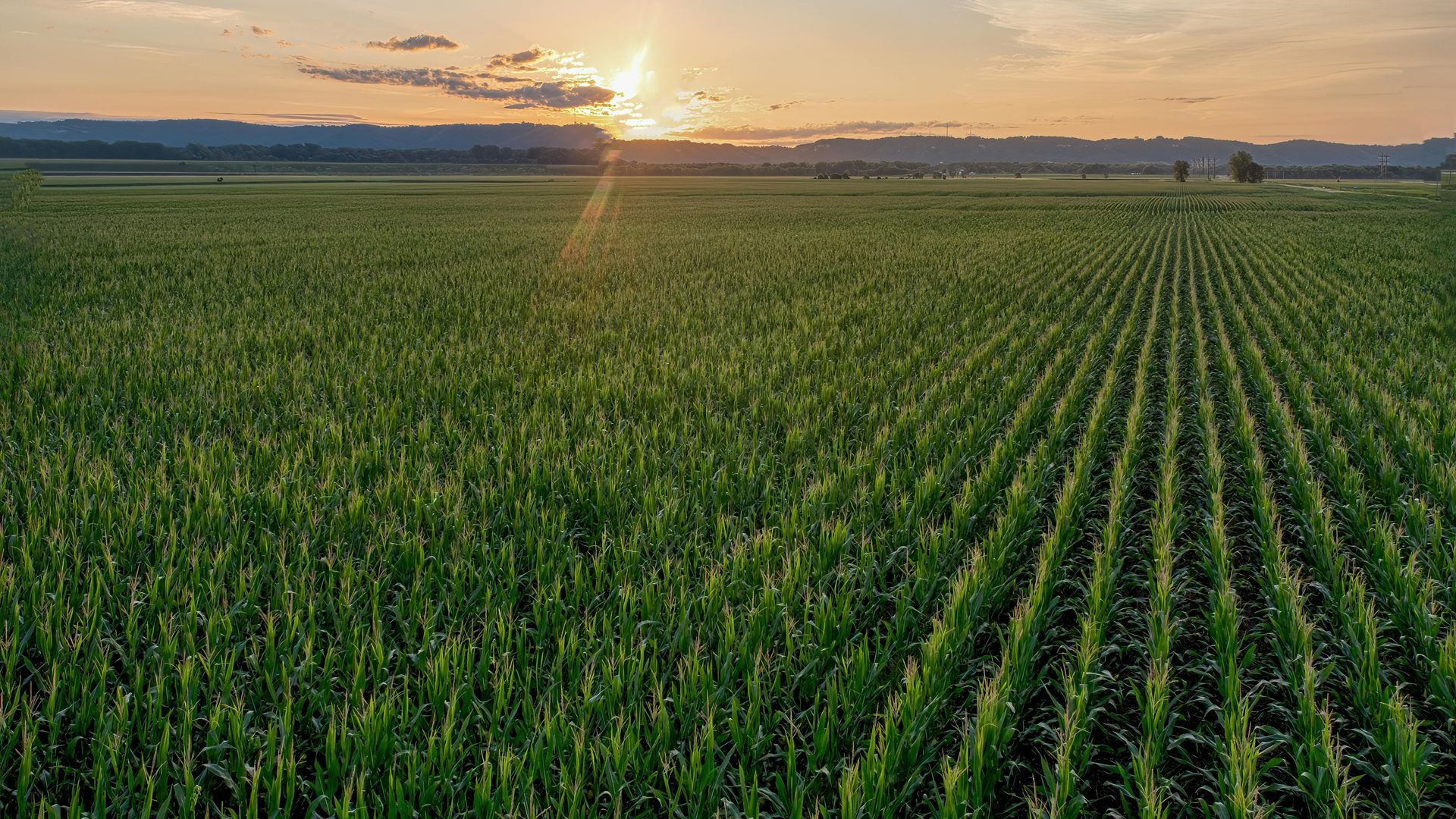EPA Approved Dicamba Products For Use Through 2025
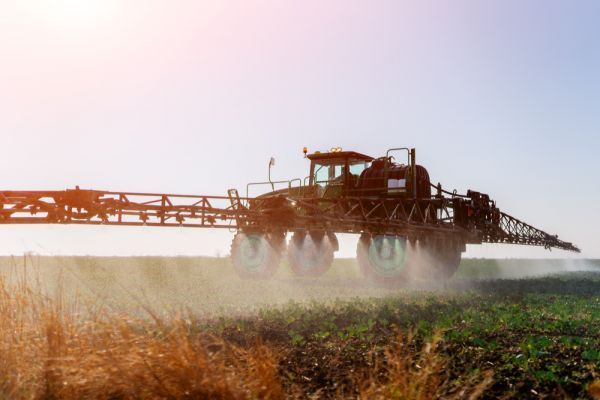
Today, U.S. Environmental Protection Agency (EPA) Administrator Andrew Wheeler announced that EPA is approving registrations of three dicamba herbicide products used with dicamba-tolerant cotton and soybeans, expiring in 2025. This announcement gives farmers the certainty needed to plan for their upcoming 2021 growing season.
The registrations include new control measures to ensure these products can be used effectively while protecting the environment, including non-target plants, animals, and other crops not tolerant to dicamba. EPA concluded that with the control measures now required on labels, these actions either do not affect or are not likely to adversely affect endangered or threatened species.
“After reviewing substantial amounts of new information, conducting scientific assessments based on the best available science, and carefully considering input from stakeholders we have reached a resolution that is good for our farmers and our environment,” said Wheeler in the EPA news release.
The approved new registrations include two “over-the-top” (OTT) dicamba products—XtendiMax with VaporGrip Technology and Engenia Herbicide—and an extended registration for an additional OTT dicamba product, Tavium Plus VaporGrip Technology.
To manage off-site movement of dicamba, EPA’s 2020 registration features important control measures, including:
- Requiring an approved pH-buffering agent (also called a Volatility Reduction Agent or VRA) be tank mixed with OTT dicamba products prior to all applications to control volatility.
- Requiring a downwind buffer of 240 feet and 310 feet in areas where listed species are located.
- Prohibiting OTT application of dicamba on soybeans after June 30 and cotton after July 30.
- Simplifying the label and use directions so that growers can more easily determine when and how to properly apply dicamba.
The 2020 registration labels also provide new flexibilities for farmers and states. Additionally, if a state wishes to expand the federal OTT uses of dicamba to better meet special local needs, the agency will work with them to support their goals.
